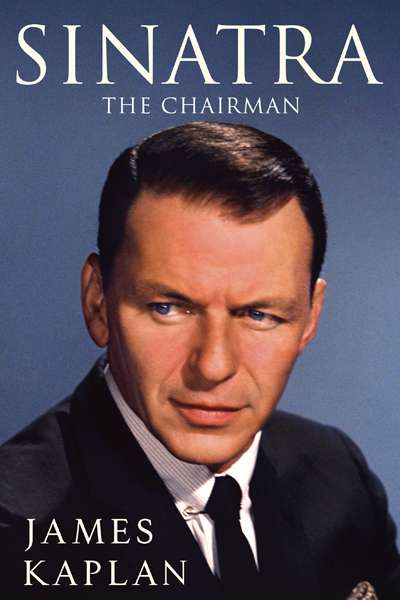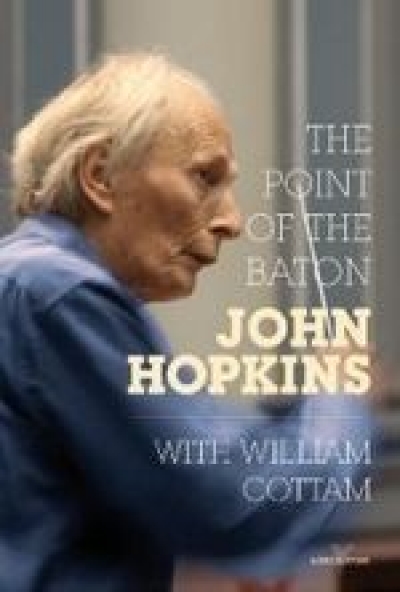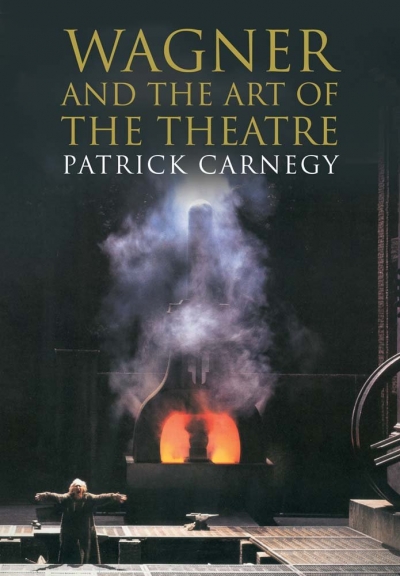Michael Shmith
Sign up to From the Archive and receive a new review to your inbox every Monday. Always free to read.
Recent:
To highlight Australian Book Review's arts coverage and to celebrate some of the year's memorable concerts, operas, films, ballets, plays, and exhibitions, we invited a group of critics and arts professionals to nominate their favourites – and to nominate one production they are looking forward to in 2016. (We indicate which works were reviewed in Arts Up ...
Music in the Castle of Heaven: A portrait of Johann Sebastian Bach by John Eliot Gardiner
by Michael Shmith •
Counting One’s Blessings: The Selected Letters of Queen Elizabeth the Queen Mother edited by William Shawcross
by Michael Shmith •
Breaking News: The Golden age of Graham Perkin by Ben Hills
by Michael Shmith •
Right Here on Our Stage Tonight!: Ed Sullivan’s America by Gerald Nachman
by Michael Shmith •
The Point of the Baton: Memoir of a conductor by John Hopkins (with William Cottam)
by Michael Shmith •










